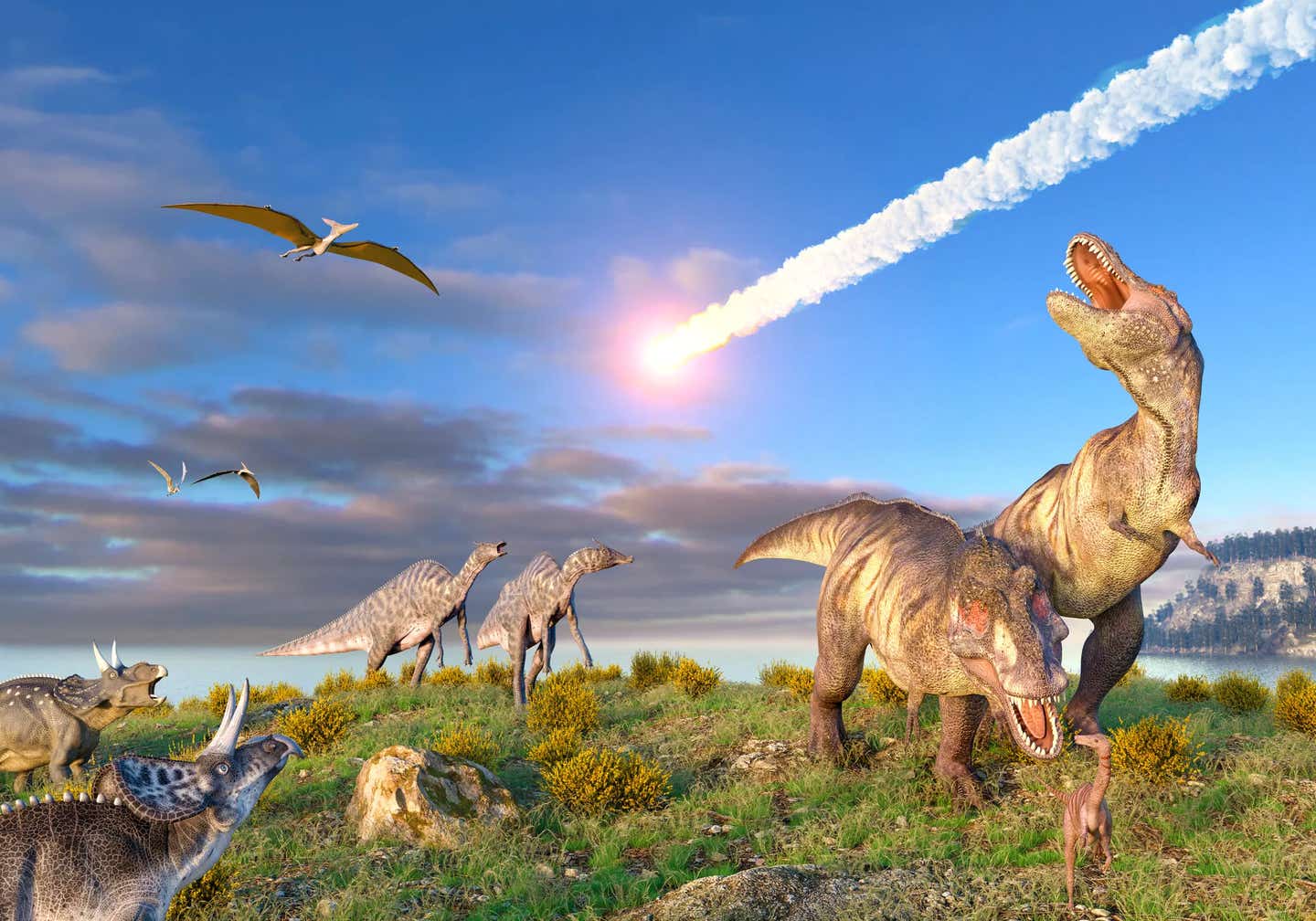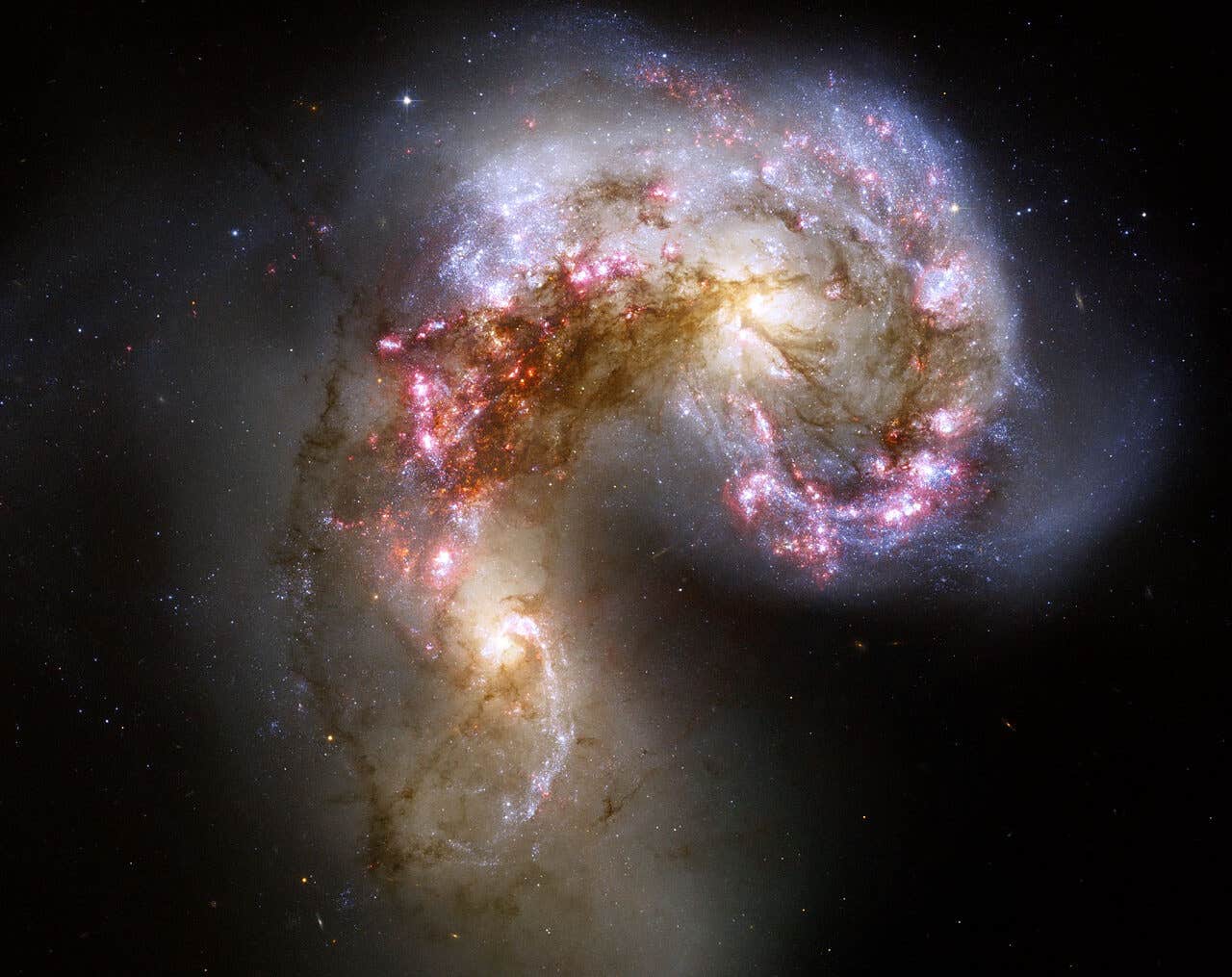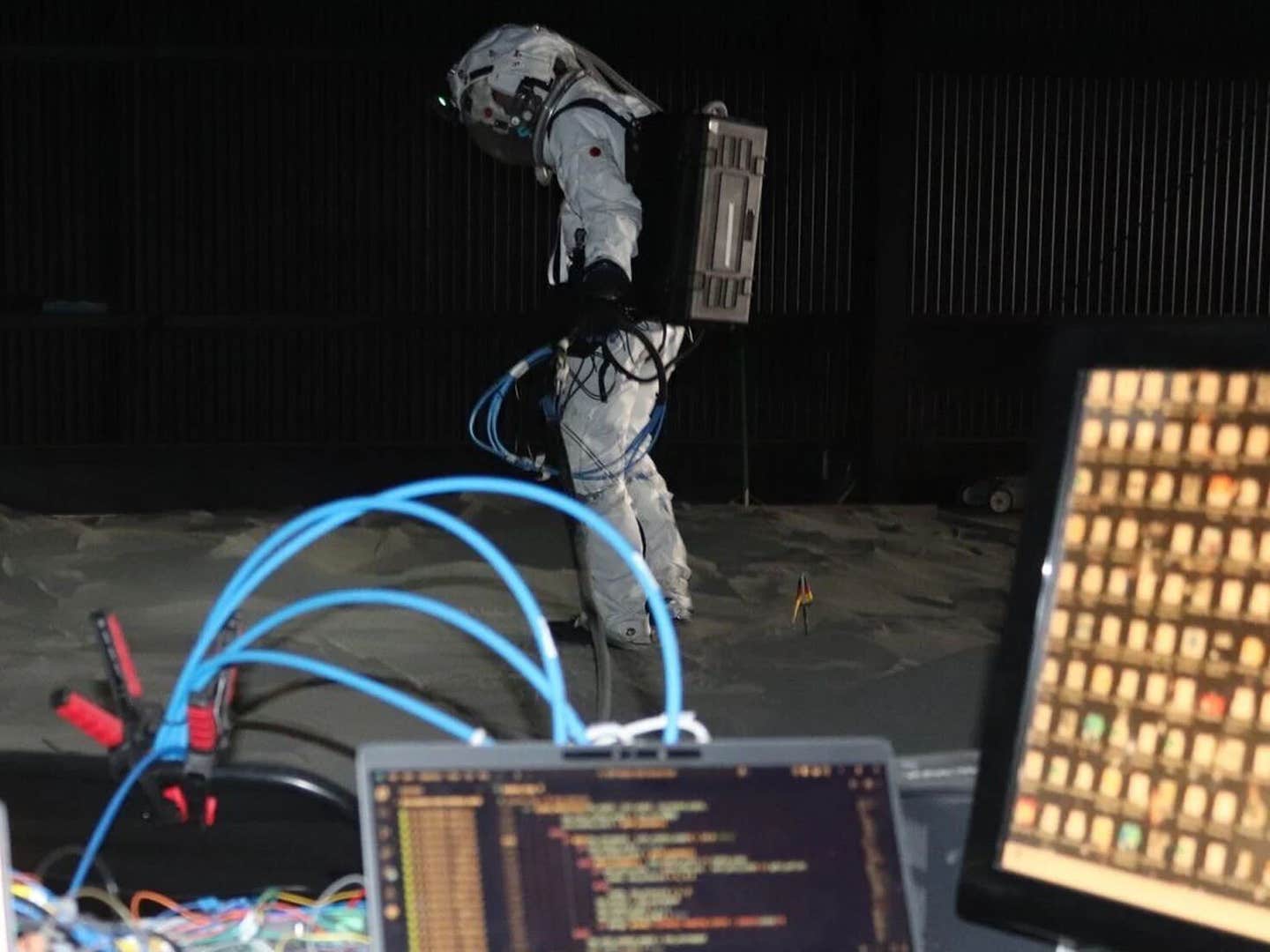New evidence reveals massive earthquake linked to dinosaur extinction
New research shows the asteroid that wiped out dinosaurs also triggered an earthquake lasting weeks to months.

A giant asteroid that ended the dinosaurs triggered an earthquake so massive that it shook Earth for months. (CREDIT: Getty Images)
When a six-mile-wide asteroid slammed into Earth 66 million years ago, it didn't just wipe out the dinosaurs. New findings suggest the impact triggered a massive earthquake that shook the planet for weeks, possibly even months.
Researchers now believe this giant quake released an energy burst about 50,000 times stronger than the devastating 2004 Sumatra earthquake. Picture the strongest earthquake recorded in modern times and multiply its power by thousands. That's what Earth experienced.
Uncovering Clues from Ancient Sediments
Hermann Bermúdez, a geologist at Montclair State University, pieced this story together by studying rocks from Colombia, Mexico, and several U.S. states. Bermúdez spent years traveling, collecting samples, and carefully analyzing sediment layers dating back to the asteroid collision.
While exploring Colombia’s remote Gorgonilla Island, Bermúdez discovered tiny glass beads called "tektites." These beads formed when the asteroid’s impact melted Earth's surface, tossing molten droplets high into the atmosphere. Later, these droplets rained down as glassy particles, embedding themselves into sediments at the ocean floor.
“The section I discovered on Gorgonilla Island is a fantastic place to study the K-Pg boundary,” Bermúdez says, “because it is one of the best-preserved and it was located deep in the ocean, so it was not affected by tsunamis.”
The sediments on Gorgonilla Island show clear signs of intense shaking. Layers of mud and sandstone, about 10 to 15 meters beneath the seafloor at the time, became severely warped. These deformations couldn't happen quickly. Instead, they point to prolonged shaking, lasting weeks or months. Even after the shaking stopped, fine sediments continued drifting down to cover the disturbed seabed.
Fern spores preserved just above these glass-filled layers show how life began to rebound after the catastrophic event. These tiny spores mark the first plants to regrow, signaling Earth’s slow recovery after months of destruction.
Related Stories
- New study reveals the devastating force that drove dinosaurs to extinction
- Global First: Real-time video directly captures how the Earth’s surface moves during an earthquake
- What caused the Earth to shake every 90 seconds for 9 straight days in 2023? Mystery solved
Evidence Across Countries and Continents
This mega-quake’s effects weren't confined to Colombia. Evidence appears in layers of rock across Mexico and the southeastern United States. At El Papalote, Mexico, Bermúdez found sediment layers turned into a liquid-like state due to intense shaking, a phenomenon known as liquefaction.
In Alabama, Mississippi, and Texas, Bermúdez documented deep cracks and faults formed during the violent shaking. These cracks match patterns seen after major earthquakes today. He also found tsunami deposits, evidence of enormous waves triggered by the asteroid’s impact. This combination of shaking and tsunamis devastated vast areas far from the collision site.
Measuring the Unimaginable
To grasp the quake’s scale, consider this: The asteroid released around 10²³ joules of energy when it hit Earth, enough to generate gigantic earthquakes (magnitude 10+), mega-tsunamis, and form a crater of 180 - 200 km in diameter in the Yucatan Peninsula.
Modern earthquakes pale by comparison. Even magnitude 9 quakes—like the 2004 event off Sumatra—release far less energy. The asteroid’s impact shook the globe at unprecedented levels.
Until recently, scientists lacked detailed evidence showing exactly how these enormous seismic waves reshaped Earth's surface. Bermúdez’s meticulous fieldwork provides a clearer timeline, illustrating a quake powerful enough to deform sediments thousands of kilometers away.
Why This Research Matters
Understanding this prehistoric earthquake doesn't just satisfy curiosity. It helps scientists predict what could happen if another massive asteroid ever hits Earth. By studying how Earth's surface reacted, experts can better prepare for future impacts.
Bermúdez’s research, funded by grants from the Geological Society of America and the National Science Foundation, has received praise from his colleagues. Ying Cui, an assistant professor at Montclair State, highlights the significance of Bermúdez’s findings:
“His research on the sedimentological structures of the K-Pg rock sequences from the U.S., Mexico and Colombia provides first-hand evidence for the mega-earthquake that occurred after the asteroid impact 66 million years ago. He is an extremely valuable addition to the talent in the Earth and Environmental Studies program, and we are super proud of his work.”
By piecing together evidence from deep-sea sediments, liquefied rocks, and tsunami deposits, Bermúdez has painted a vivid picture of one of Earth's most violent chapters. His findings, open doors for further research on ancient catastrophes.
For now, Bermúdez’s discoveries offer a rare glimpse into a moment when a single cosmic event profoundly changed Earth’s history—shaking the planet to its core, wiping out dinosaurs, and reshaping life forever.
Note: The article above provided above by The Brighter Side of News.
Like these kind of feel good stories? Get The Brighter Side of News' newsletter.



